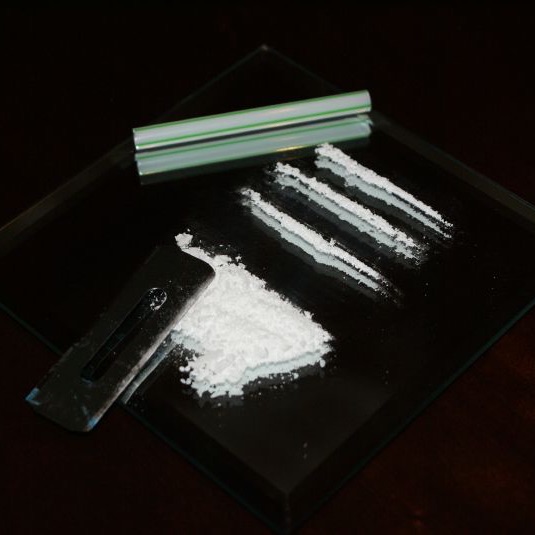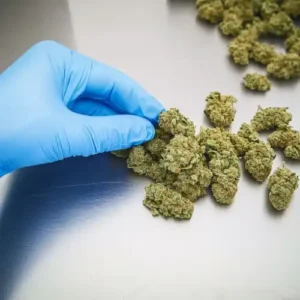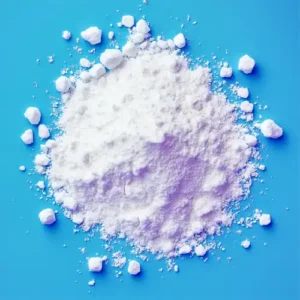A groundbreaking study from the University of Surrey in 2018 revealed the pervasiveness of illegal drugs in our environment. The research found that 13% of people participating in the project were identified as having remnants of class A drugs on their fingerprints — even though they never used them before.
This finding continues to be relevant in 2024, as it raises important questions about environmental contamination and the challenges of accurate drug testing. While we don’t have updated percentages, the issue of trace amounts of drugs in our environment remains a topic of ongoing research and discussion.
The Original Study
There is, however, no simple escape for actual drug users, as University of Surrey scientists have created a fast fingerprint check to detect real drug use. The scientists have devised a conclusive method to verify the distinction between those taking cocaine and heroin, and those who come across the drugs as a result of environmental reasons.
Clinical Chemistry published a study in which scientists from the University analysed the fingerprints of 50 volunteers who were not drug users and 15 real drug users who confirmed to using either heroin or cocaine within the last 24 hours.
Environmental Contamination
Scientists examined fingerprints from unwashed fingers of volunteers who were drug-free and, even though they had no background of using drugs, nevertheless discovered remnants of class A drugs on them. Approximately 13% of fingerprints were discovered to have cocaine and 1% included a metabolite of heroin. By imposing a “cut-off” amount, scientists were in a position to differentiate between fingerprints that were a result of environmental impurities from those generated after actual drug use — even when participants did a hand wash.
Transmission Through Handshakes
To check the potential for transmitting drugs via a handshake, volunteers that were drug-free were requested to shake hands with a real drug user. Fingerprints were subsequently collected from the drug-free volunteers following the handshake. Even though heroin and cocaine were found to be transmitted by handshaking with a drug user, the cut-off amount set up made it possible for scientists to differentiate between actual drug use and transmission from a secondary source.
An updated report on the findings advised that “for drug testing, it is necessary to be able to distinguish those who have handled cocaine from those who have ingested it because the legal ramifications are different (for example, consider drug driving)”
Widespread Contamination
Shockingly, cocaine happens to be a very widespread environmental contaminant — it is actually widely known that it exists on numerous paper bills and coins. Having said that, scientists were amazed that it was found in such a large number of the fingerprint samples.
Advancements in Drug Testing
Since the original study, the field of drug testing has continued to evolve. While we don’t have specific data on advancements, it’s likely that technologies have improved, potentially allowing for more accurate detection and differentiation between environmental exposure and actual drug use.
Ongoing Relevance and Implications
The persistence of drug traces in our environment raises important questions about privacy and the potential for false positives in drug testing. Researchers and policymakers continue to grapple with how to balance the need for accurate drug detection with the reality that many people may have inadvertent exposure to these substances in their daily lives.
The scientists recognize that fingerprint testing has significant potential in the future of drug testing. There are numerous factors that give fingerprint testing an advantage over other methods — it’s not invasive, simple to collect and you are able to determine the contributor via the sample.
As we move further into the 2020s, the topic of environmental drug contamination and its implications for testing remains relevant. While the technology continues to evolve, the complex issues surrounding drug traces in our environment, public health, law enforcement, and individual privacy are ongoing subjects of research and debate.
Intelligent Fingerprinting co-funded the study. They are creators of the world’s first portable drug test that is commercially available. It works by taking a sweat sample from the fingerprints and analysing it.
Photo Credit: “Cocaine” (CC BY-SA 2.0) by Valerie Everett
Zoom Testing is a leading supplier of Drug Test Kits.
This post was originally published in March 2018 and has been updated regularly since, with the most recent update in 2024.





